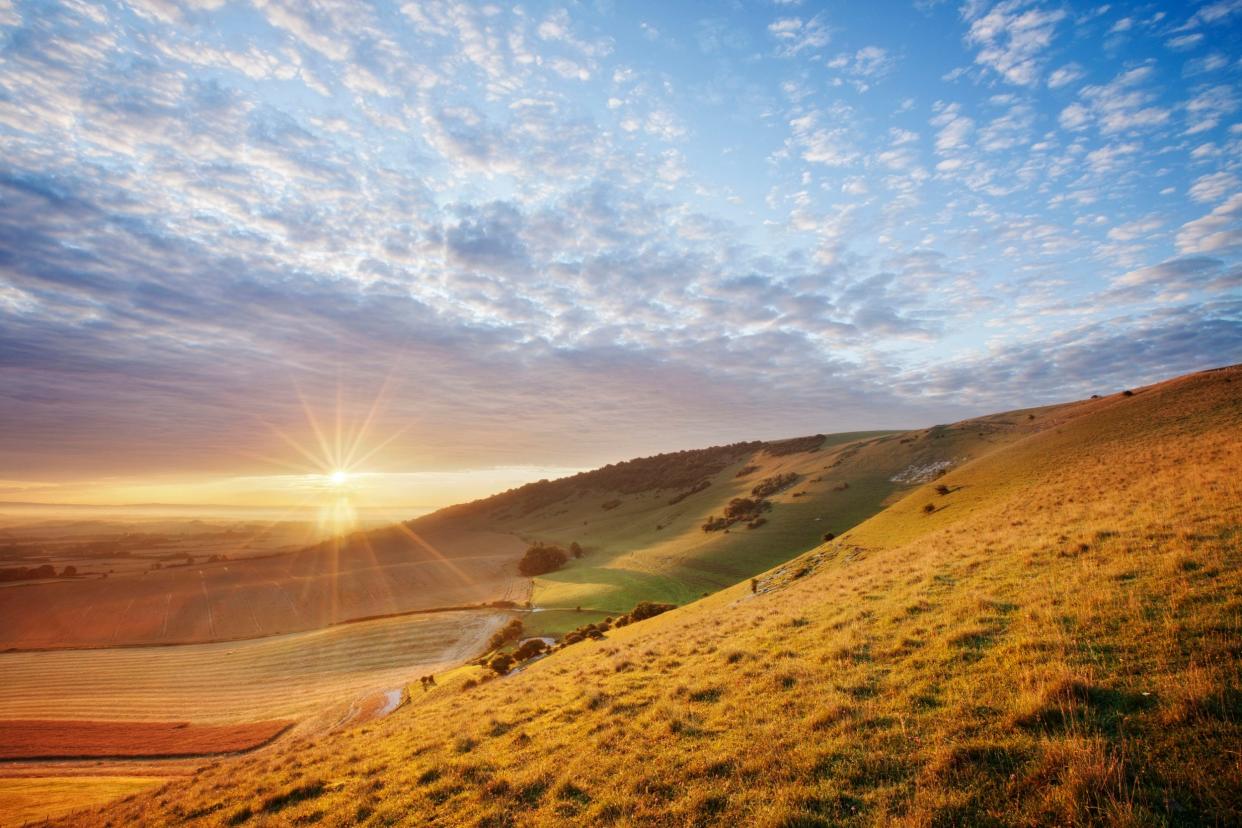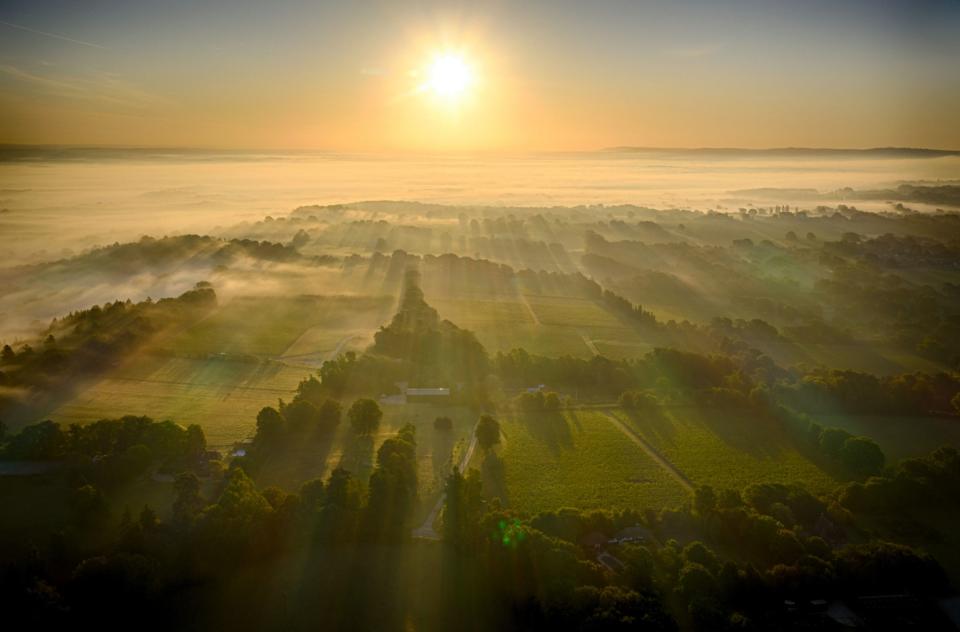South Downs National Park celebrates 10th anniversary by renewing commitment to protecting biodiversity

The South Downs National Park is celebrating its 10th anniversary by renewing its commitment to protecting the biodiversity of the beauty spot as the challenges caused by climate change intensify.
Despite being closed to the public due to coronavirus, the guardians of the national park in Hampshire and Sussex are still working to protect the area's wildlife and heritage.
Andrew Lee, director of countryside and policy management, said: “The national park has some of the rarest animals and plants in Britain and, without our collective efforts to give nature the space and protection to flourish, these natural works of art could be lost forever.
“Biodiversity loss is global and unprecedented, with climate change only heightening the need for action.
“We’re working really hard to turn the tide on biodiversity loss on a big and small scale, through larger landscape projects and via smaller initiatives for individual species such as the field cricket.”
During its first 10 years, achievements by the park authority - which was established on March 31, 2010 - include restoring 12 species of British amphibian and reptile species, and improving heathland the same size of 1,200 football pitches.
Work is now being carried out to restore ecosystems including 35 sites along the River Meon in Hampshire for water voles, and 67 per cent of woodland in the park is now under active management.
Chalk grassland is also being preserved, which has seen the Duke of Burgundy butterfly recover from the brink of extinction. The water-biter bush cricket has also been successfully reintroduced.
Mr Lee said: “As a planning authority, we will be required to produce a Nature Recovery Strategy, but we want to go further than this and engage partners in a wider nature recovery campaign.”
The park incorporates the 160km-long South Downs Way, and is supported with an impressive 91,000 different volunteering days a year; in 2016 it became one of only 16 worldwide International Dark Sky Reserves.

The park authority has also developed a Local Plan and is working with local farmers and businesses to help balance the needs of the nature within the park and those who live and work in it.
Margaret Paren, chairwoman of the South Downs National Park Authority, said: “As we look forward to the next 10 years, there are big challenges ahead, particularly from the pressure of global climate change and threats to biodiversity.
“But I am optimistic that the passion people have for this varied and dynamic landscape will remain our strongest asset and their commitment will ensure that the South Downs National Park will remain an important place for people and nature in this crowded corner of England.”
However, with the current coronavirus crisis, the park authority is urging the public to adhere to government guidance and not travel to the park for exercise during the lockdown, with the park's 117,000 local residents similarly told to stay at home.
Read more
Sir David Attenborough: Natural world is a solace in times of crisis

 Yahoo News
Yahoo News 
